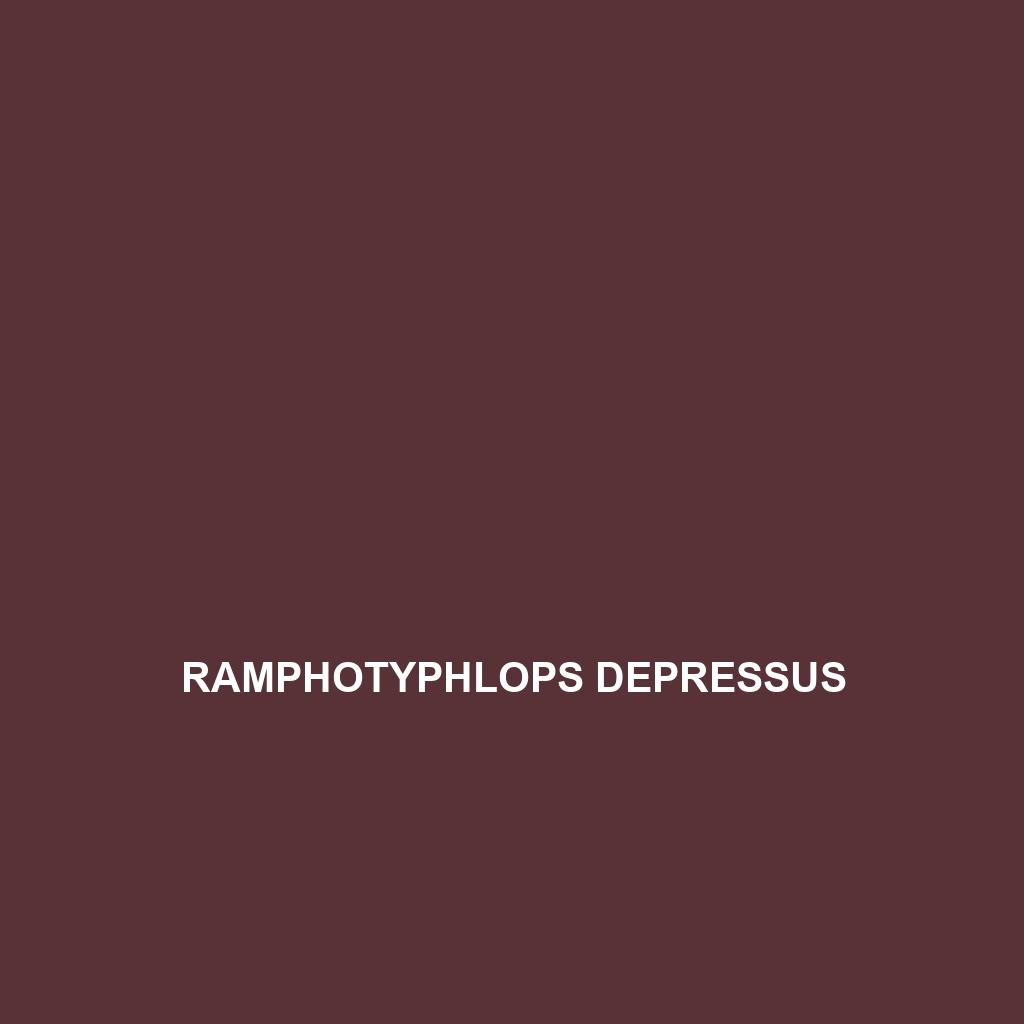<b>Psammophis notostictus</b>, also known as the striped sand snake, is a slender, diurnal reptile native to arid regions of northeastern Africa, notable for its striking light brown coloration with dark stripes. This carnivore primarily feeds on small rodents and lizards, playing a crucial role in maintaining ecological balance within its diverse habitats.
Tag: African reptiles
Psammophis mossambicus
Discover the Mozambique Sandsnake (Psammophis mossambicus), a carnivorous and insectivorous species thriving in the warm savannas and tropical rainforests of southeastern Africa. Known for its slender body, distinctive coloration, and fascinating behaviors, this agile snake plays a vital role in controlling local ecosystems while exhibiting remarkable adaptability in its natural habitat.
Psammophis longifrons
<b>Psammophis longifrons</b>, or the Long-headed Sand Snake, is a unique, diurnal snake found in Africa's savannas and temperate forests, recognized for its elongated body, pale coloration, and distinct hunting strategies. Thriving in sandy habitats, this adaptable carnivore primarily preys on small mammals and lizards while playing a crucial role in its ecosystem as both predator and prey.
Psammophis condanarus
<p>Discover the fascinating <b>Psammophis condanarus</b>, or sand snake, a remarkable species thriving in Africa's sandy habitats. With its slender body, effective camouflage, and adaptability, this diurnal predator primarily feeds on small animals, playing a crucial role in maintaining ecological balance.</p>
Psammophis ansorgii
<strong>Psammophis ansorgii</strong>, commonly known as Ansorge's sand snake, is a slender, diurnal snake native to Africa's tropical and subtropical regions, thriving in savannas and sandy habitats. This carnivore feasts on small mammals and reptiles, employing quick strikes for prey capture, while playing a crucial role in maintaining ecological balance as both predator and prey.
Pristurus obsti
<p><b>Pristurus obsti</b> is a striking nocturnal lizard native to Africa’s savannas and semi-deserts, characterized by its slender, sandy-colored body, large bulging eyes, and exceptional climbing skills. This insectivorous species plays a vital role in its ecosystem by regulating insect populations and serving as prey for larger animals.</p>
Pristurus mazbah
<b>Pristurus mazbah</b> is a slender, nocturnal lizard measuring 10-15 cm, primarily found in diverse habitats across eastern and southern Africa, including sandy shores and arid landscapes. As an adaptable insectivore with vibrant coloration for camouflage, it plays a crucial role in controlling insect populations and maintaining ecological balance.
Pristurus collaris
<p><b>Pristurus collaris</b>, commonly known as the collar lizard, is a vibrant and adaptable species found in the dry savannas and spiny forests of Madagascar and the Indian Ocean islands. These diurnal, insectivorous lizards exhibit distinctive coloration for camouflage, possess exceptional climbing abilities, and play a crucial role in maintaining the ecological balance by controlling insect populations.</p>
Ramphotyphlops depressus
<p>The <b>Ramphotyphlops depressus</b>, or flat worm-snake, is a non-venomous, fossorial species native to tropical rainforests and savannas in Africa. Characterized by a slender, cylindrical body and reduced eyes, this insectivore plays a vital role in controlling insect populations while exhibiting a unique subterranean lifestyle.</p>
Python sebae
<p>The <b>Python sebae</b>, or African rock python, is one of the largest snake species, reaching up to 20 feet in length, and primarily inhabits rainforests, savannas, and temperate forests across Africa. This nocturnal carnivore is a skilled climber and ambush predator, feeding on a variety of mammals and birds while playing a crucial role in regulating ecosystem balance.</p>









